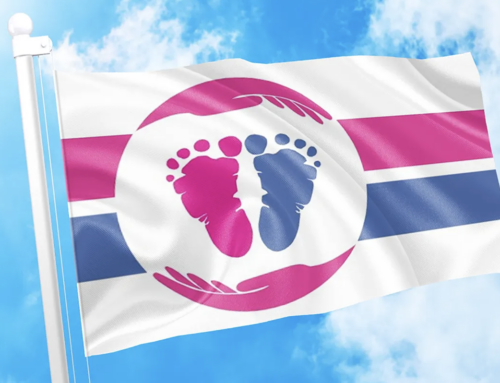What exactly is a fetus? What is an embryo? And what is the difference between them? C.B., Toronto
I am taking it for granted that you refer to a human fetus and embryo. Both terms belong to specific early stages of development of a new human life. The embryo develops into a fetus in the same way that the infant who crawls becomes a toddler. It is the same human being at different age.
The human fetus
A medical encyclopedia dictionary defines the human fetus as “the child in utero from the third month to birth.” In the past it was scientifically inaccurate to call a preborn child a “fetus” before it was eight weeks old, but today most fetologists use the term fetus for all stages of gestation. They stress that life is a continuum.
Moreover, once the child has left the womb, whether at threes months or at nine, it is no longer – technically speaking – a fetus. Thus, once it has left the mother’s body, whether it is born alive, aborted, stillborn or miscarried, it is no longer a fetus; it is a baby – living or dead.
It follows, therefore, that the term “fetal transplant” is a misuse of language. The pancreatic tissues implanted into diabetic patients, and the neural cells implanted into the brains of Parkinson’s disease sufferers, are taken form the bodies of dead babies. The surgeon who performed the first brain-tissue transplant (in Mexico) claimed that the tissue came from a child who died from a miscarriage, not from an induced abortion. However, in an interview on Nightline he admitted that, as pressure grows for more implants, it may well be that babies will be intentionally aborted to provide the tissue. The spectre is that babies will be “made” in order to provide spare parts for patients who need them.
The human embryo
The medical definition of a human embryo is a preborn child from the second to the eighth weeks of life inclusive.” By eight weeks all the various organ systems are in place and functioning, and the child is recognisably human in form.
In recent years, however, the term embryo has been used to include the very earliest stages of life (zygote, morula and blastocyst) of the first few days. “Embryo experimentation” is the terminology which is accepted universally for research carried out on the tiniest humans created in petri dishes by in vitro fertilisation. Some of these embryos are specially created to be subjected to vivisection.
The Australian Senate Committee which was up for the study of “Human Embryo Experimentation” spent a lot of time on defining the term embryo.” The Senate Report said: “The Committee, in adopting the usage ‘embryo’ to describe the fertilised ovum and succeeding stages up to the observation of human form [i.e., the end of the eighth week] means to speak of genetically new human life organized as a distinct entity oriented towards further development.”
During the debate on the Daigle case the President of the Canadian Medical Association was quoted as saying that 23 weeks was the earliest age at which premature babies had survived. Surely I have heard of younger babies. H.L., Oakville, Ont.
You are right. In his classic book Abortion (1988 ed.) Dr. Jack Willke lists the names, ages and birthdays of a number of the children who survived at 20 to 22 weeks as long ago as 1971 to 1972. With advanced technology and more intensive-care units for premature babies the number of early-birth and low weight survivors is increasing. Little Melissa Comer, who was born in Sault Ste. Marie in December 1963, was only 20 weeks at birth and weighted 450 grams, which is under one pound.
Dr. Willke did say that “single cases are not usually reported in professional journal,” but they are reported by the local media. It does seem too much to ask someone in the CMA to collect and collate the records from the hospitals. Canadians have the right to expect up-to-date and correct information from the spokesman of the national medical association.



